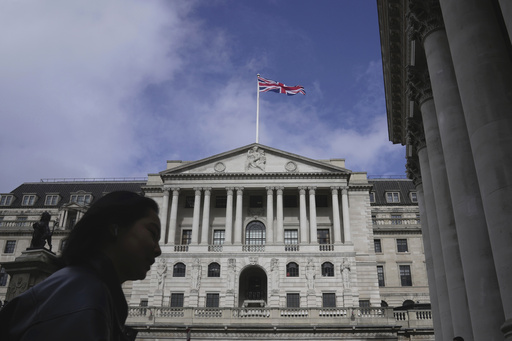Borrowing costs in the U.K. might see a reduction for the first time in over four years as the country grapples with the impact of the coronavirus pandemic. The Bank of England, an independent entity, is debating whether to cut the main interest rate from the current 16-year high of 5.25% or wait until September, causing a divide among economists.
Despite inflation meeting the bank’s 2% target, concerns about ongoing price pressures in the services sector, which forms a significant portion of the British economy, have been expressed by several members of the policymaking committee. Interest rates have remained steady for a year following a series of hikes, but signals point towards a potential cut as two members of the committee have recently supported the idea.
James Smith, an economist at ING, predicts a “close call” but anticipates enough support for a quarter-point rate decrease following recent data trends. The recent increase in borrowing costs globally, due to factors like supply chain issues and the Russia-Ukraine conflict, has affected economies around the world.
While higher interest rates have helped curb inflation, they have also restrained economic growth in the U.K., which has been sluggish since the pandemic recovery. Critics argue that the Bank of England is overly cautious about inflation and that maintaining high interest rates for an extended period could unnecessarily burden the economy.
Similar debates are ongoing at the U.S. Federal Reserve, with discussions about when to initiate rate cuts. Some central banks, like the European Central Bank, have taken tentative steps towards reducing rates. In the current climate, central banks worldwide are navigating the delicate balance between curbing inflation and supporting economic growth.


